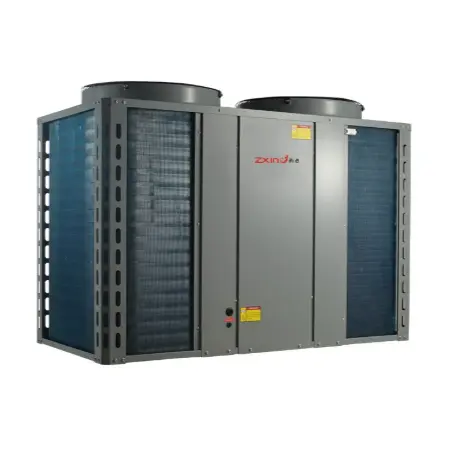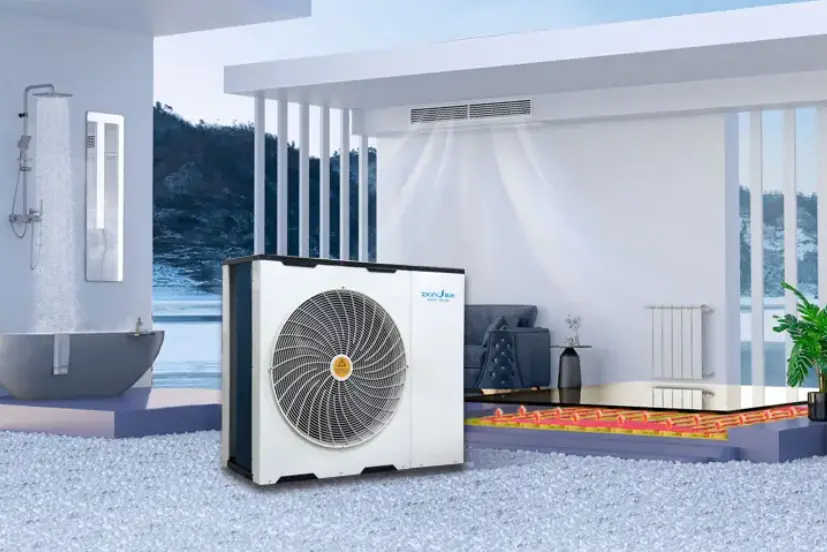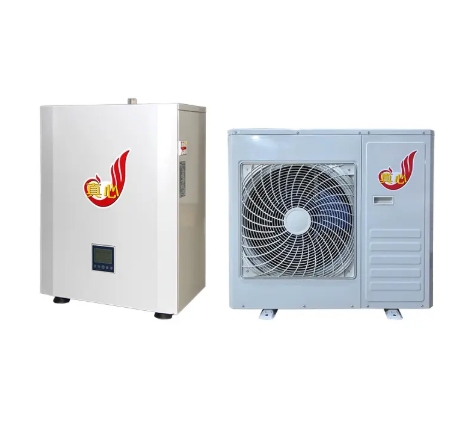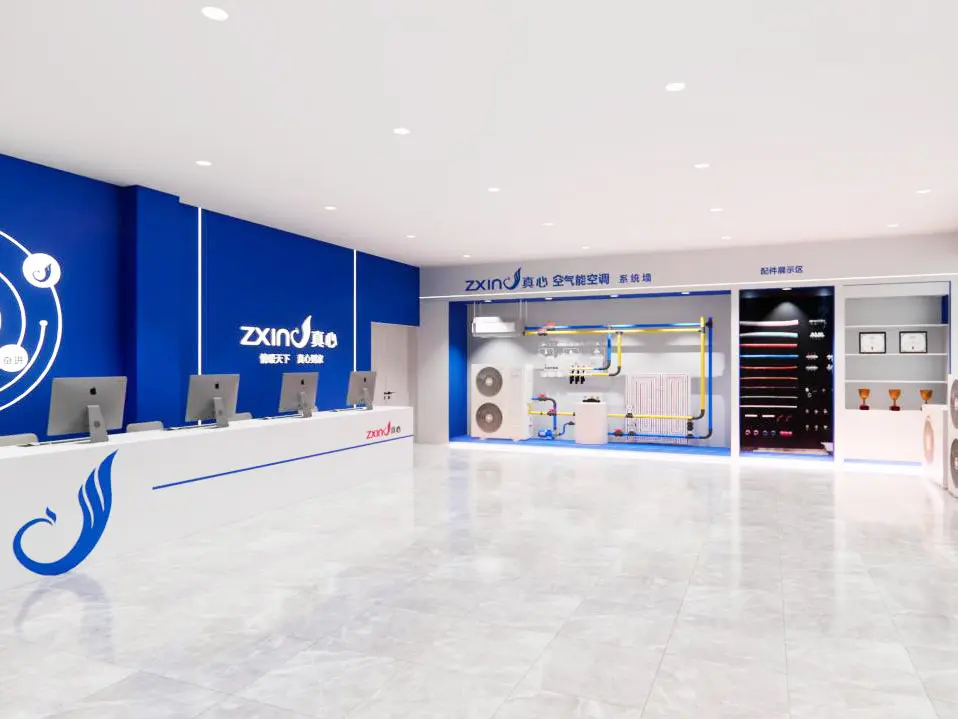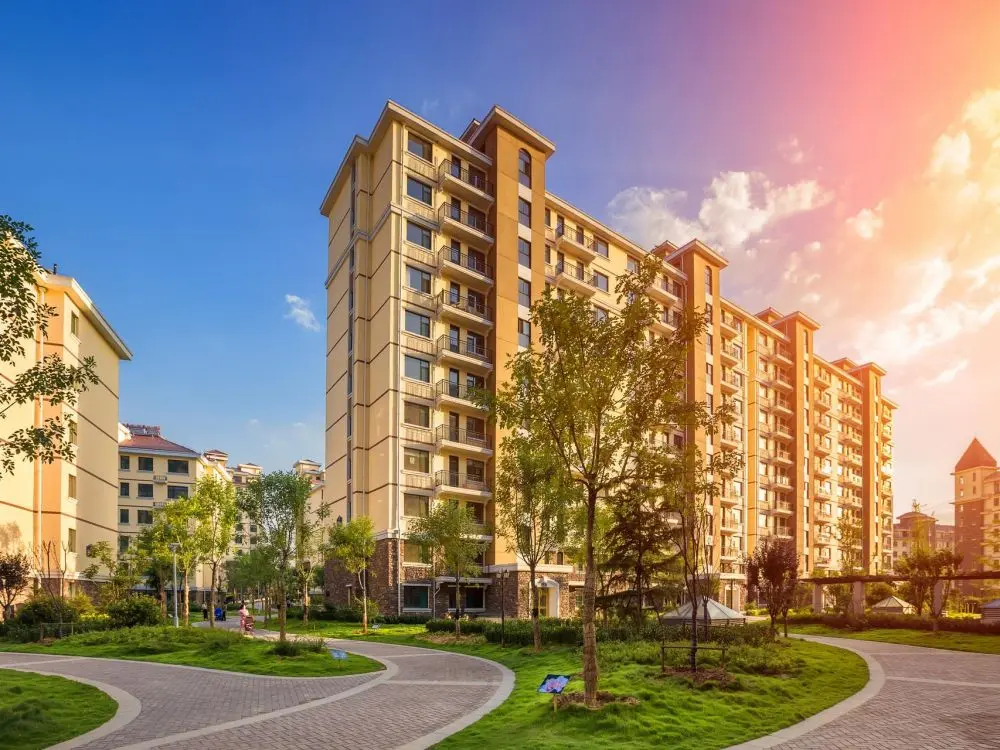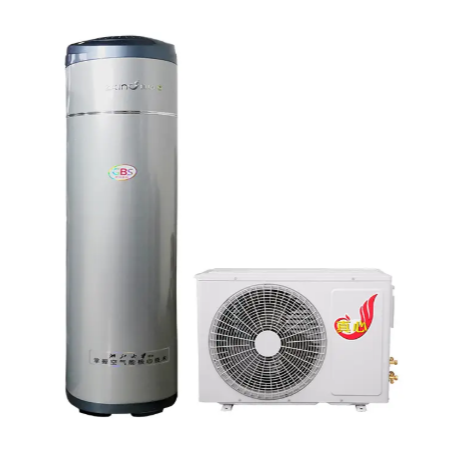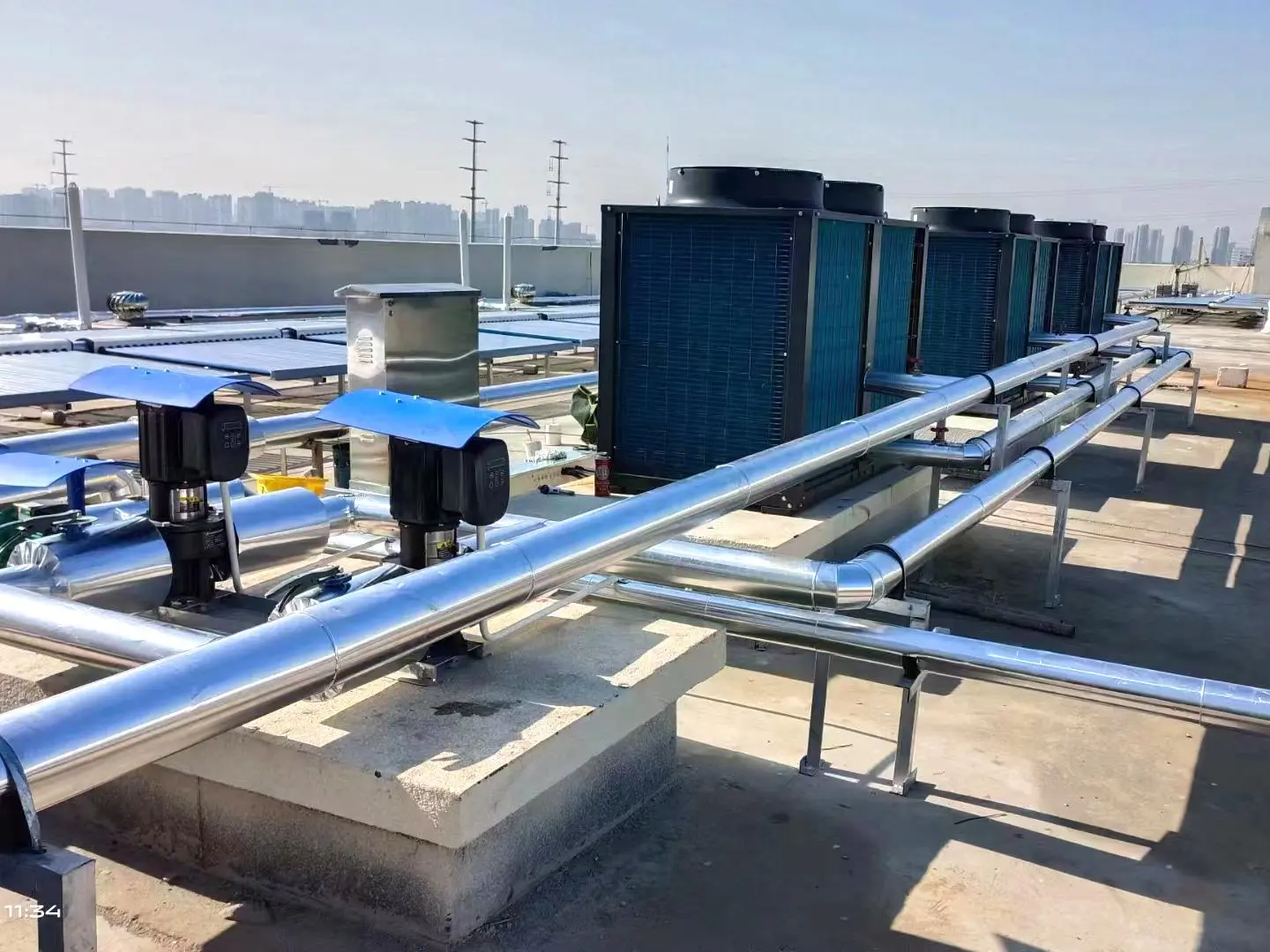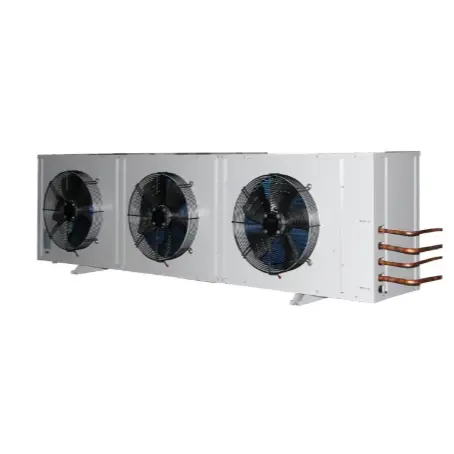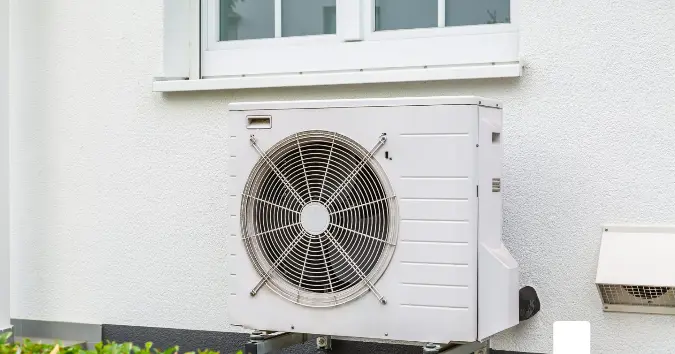How to Choose the Right Heating and Cooling Heat Pump for Your Climate
Heat Pumps for heating and cooling are increasingly popular for their energy efficiency and versatility in maintaining a comfortable indoor environment. However, choosing the right heat pump for your local climate can be a daunting task. This article will guide you through some basic factors to consider when selecting the best heat pump for your heating and cooling needs based on your local climate.
Understanding heat pumps
Heat pumps work by transferring heat from one location to another, enabling efficient heating and cooling. In winter, they extract heat from the outdoor air or ground and move it indoors. Conversely, in summer, they remove heat from the home and release it outdoors. This dual function makes heat pumps ideal for year-round climate control.
Climate factors
Temperature extremes: The first step in choosing the right heat pump is to assess the temperature extremes in your area. If you live in an area with mild winters and hot summers, an air-source heat pump may be sufficient. However, if you experience extreme cold weather, you may want to consider a ground-source (geothermal) heat pump, which is more efficient in extreme conditions.
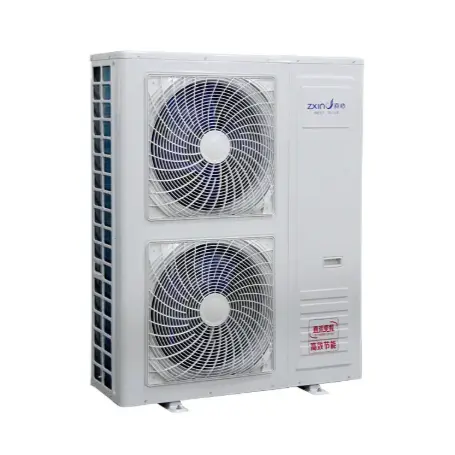
Humidity: Humidity is crucial to your comfort. In humid climates, A Heat Pump with good dehumidification capabilities is essential. Look for a model that effectively controls humidity levels while providing adequate cooling. In drier climates, a standard heat pump may be sufficient, but for greater efficiency, consider choosing one with a higher SEER (Seasonal Energy Efficiency Ratio) rating.
Local energy costs: Energy prices vary widely between regions. Before investing in a heat pump, research the costs of electricity and other energy sources in your area. Heat pumps with higher efficiency ratings may cost more upfront, but they can save you money in the long run by reducing your energy bills.
Installation and maintenance: The heat pump installation process and routine maintenance can also be affected by climate. For example, in areas with heavy snowfall, ensure the outdoor unit is installed in a location with minimal snow accumulation. Also, consider the availability of qualified technicians in your area to perform regular maintenance and repairs.
Local incentives and rebates: Many areas offer incentives for energy-efficient home improvements, including installing a heat pump. Check with your local utility company or government program to see if you qualify for rebates or tax credits that can help offset your initial investment.
Choose the right size
After considering your local climate, the next step is determining the right heat pump model. An undersized unit will struggle to maintain a comfortable temperature, while an oversized unit will lead to inefficiencies and increased wear and tear. Consult a professional HVAC technician for a load calculation to ensure you select a heat pump that meets your specific heating and cooling needs.
in conclusion
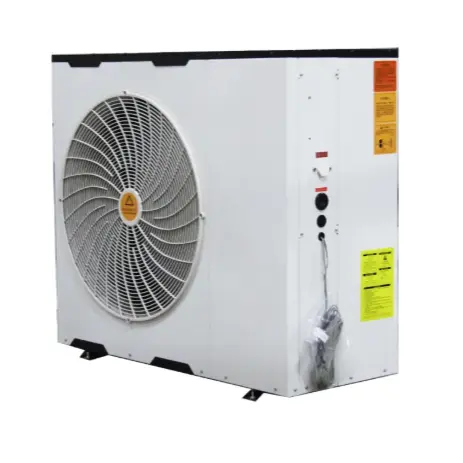
Choosing the right heating and cooling heat pump for your local climate is crucial for achieving optimal comfort and energy efficiency. By considering factors like temperature extremes, humidity, local energy costs, installation requirements, and available incentives, you can make an informed decision. Remember, investing in a high-quality heat pump suitable for your climate will not only improve your comfort but also save you energy in the long run.

